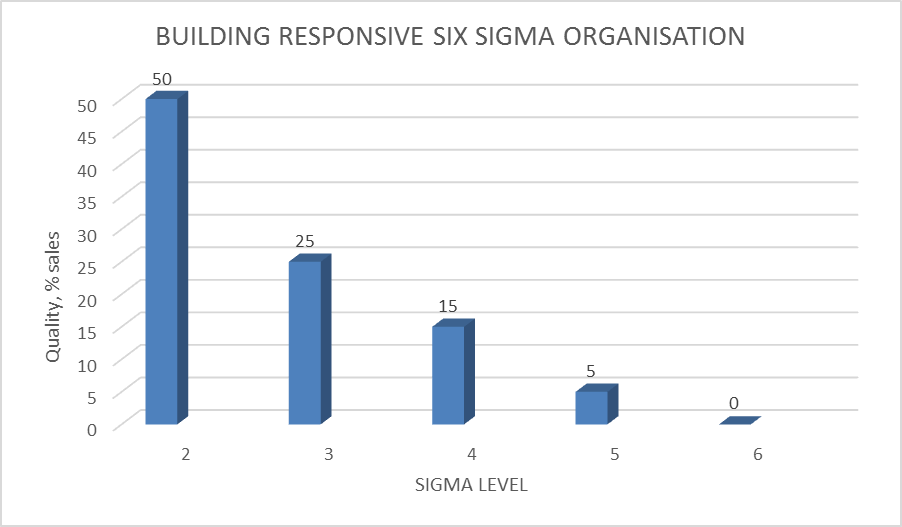Course Content
Full consideration is given to SIX SIGMA training, to the learner’s needs and keeping in mind their necessities; the Six Sigma Black Belt upgrade training includes the following details as a part of the course content:
Innovative ways
- Management meeting
- Charting of responsibilities
- Wheel improvement
- Change with emotional cycle
- Running a critical issues workshop
Working with Advanced Tools
- Balancing in work
- RRS
- Value stream mapping
- Gage R&R
- T & F test
- Experiment designs
- Charts with Advanced Controls
Managing operational performance
- Performance Management Dashboard design
- Using performance management Dashboard
- Management meeting
- Working with improvement wheel
- Interpreting trends
- Using visual management
- Developing a business case
- Reporting performance management
Leadership techniques
- Five leadership principles
- Constructing a high-performance team
- Situational leadership
- How to run quick win teams?
- How to run rapid action teams?
- T & F tests
- Ways to manage resistance
- Coaching and feedback
Working with capability analysis
- Attribute data
- Continuous standard data
- Continuous non-normal data
Change Management
- What is change management?
- Project report outs
- Value stream mapping exercise
- Project management
Measurement system analysis
- Introduction
- Attribute agreement analysis
- Continuous data
Working with techniques
- Simulation exercise
- Logistic regression
- Control charts
- Variable SPC techniques
- Attribute SPC techniques
- Control methods
- Introduction to surveys
- DMAIC review & final report
- Proportions testing
- Mean and variance test
- GOF contingency table
- Sample size selection
- One way ANOVA
- Improve Phase roadmap
Working with designs
- Getting Design of Experience familiarity
- 2K fractional DOE Designs
- Full factorial designs
- 2K factorial designs
- Attribute DOE
Project reviews
- Introduction and meaning
- Testing analysis assumptions
- Minitab graphical techniques
- Flow review
- Theorem of central limit
- Confidence intervals
- Pull review

 ENQUIRE
ENQUIRE
 REQUEST CALLBACK
REQUEST CALLBACK
 GET A FREE QUOTE
GET A FREE QUOTE


 Introduction
Introduction Course Details
Course Details Course Content
Course Content





 London
London